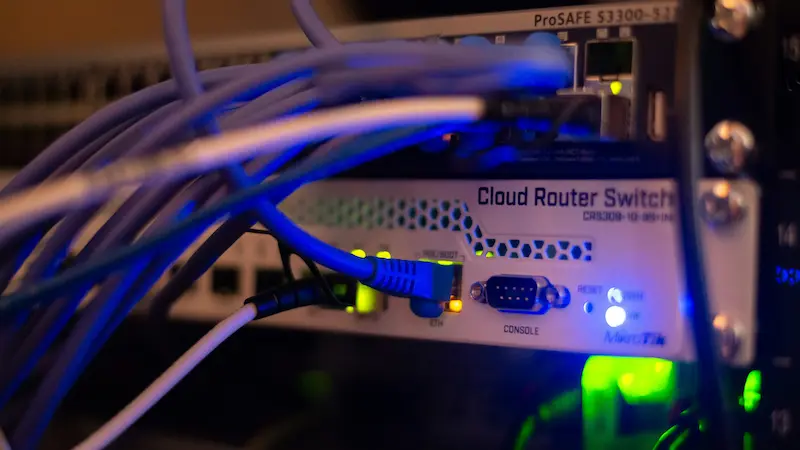In today’s digital landscape, downtime is not an option. Enterprises rely on cloud services like Microsoft Azure to ensure their applications and services are always available, no matter what. Azure’s cloud computing platform is designed with high availability in mind, offering a range of tools and features to minimize downtime and maintain service continuity. In this article, we’ll explore how Azure ensures high availability, focusing on key features like Availability Zones, region pairs, and other backup and disaster recovery strategies.More
Unlocking the Power of Microsoft 365: Essential Features for Enterprises
In the modern workplace, collaboration, communication, and productivity are paramount. Microsoft 365 (MS365) offers a comprehensive suite of tools designed to meet these needs, making it a popular choice for enterprises worldwide. This article delves into the key functionalities of Microsoft 365, the features commonly used in enterprises, and how to effectively apply these functionalities to enhance business operations. More
Microsoft Intune: Simplifying Device Management in the Enterprise
As our organization grew and employees started working from various locations, managing devices and ensuring data security became a significant challenge. That’s when we decided to implement Microsoft Intune, a cloud-based service for managing mobile devices, computers, and apps. In this post, I’ll share what Microsoft Intune is, how we set it up, some of its crucial features, and the advantages we’ve experienced since its implementation.More
Securing Routers, Switches, and Network Devices in an Enterprise Environment
In an enterprise environment, network devices such as routers, switches, and firewalls play a crucial role in maintaining the integrity and performance of the network. However, these devices are also prime targets for cyberattacks, as they often serve as gateways to sensitive information and critical systems. Implementing robust security practices for these devices is essential to prevent unauthorized access, data breaches, and other malicious activities. This article outlines best practices for securing network infrastructure in an enterprise setting, focusing on routers, switches, and other network devices.More
Comprehensive Guide to Backup and Recovery in a Corporate Environment Using Veeam
In today’s data-driven world, the importance of a robust backup and recovery strategy cannot be overstated. Corporate environments, with their vast amounts of critical data, need reliable solutions to protect against data loss due to hardware failures, cyberattacks, human errors, or natural disasters. Veeam, a leading provider of backup, recovery, and data management solutions, offers powerful tools for ensuring data availability and integrity. This article provides a detailed guide on how to set up and manage backups using Veeam, including strategies, detailed steps, and recovery procedures.More
Essential Windows and Linux Command Line Tools for IT Professionals
Command line tools are invaluable for IT professionals, offering powerful and efficient ways to manage systems, automate tasks, and troubleshoot issues. Whether you’re working in a Windows or Linux environment, mastering these commands can significantly improve productivity and system management capabilities. This article covers common command line tools and commands used in both Windows and Linux for regular IT tasks.More





